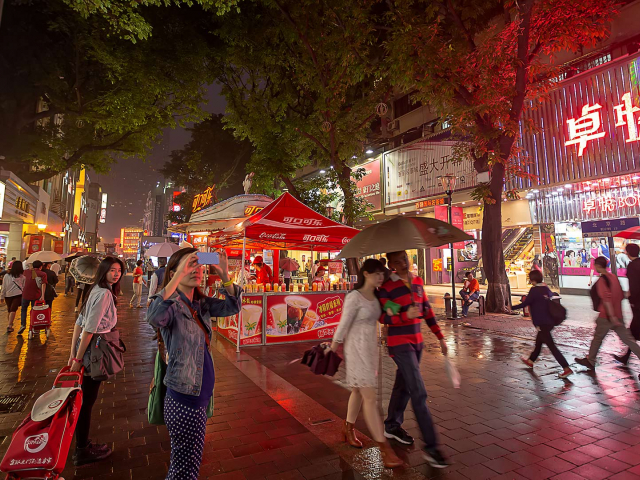
Top 7 winter drinks from around the world
Winter is the perfect time to curl up in a warm blanket and enjoy drinks that bring coziness and holiday cheer. Here are seven winter drinks that are perfect for cold days




1 – Tokyo
Japan’s capital city, Tokyo, is an important global financial hub. Its population is constantly increasing as new labor force is flowing into the city. Today, more than 37 million people live in the urban agglomeration of Tokyo. The highest density of the population is observed in the so-called special areas. At the same time, Tokyo is in fact averagely dense, with around 4,600 people per square kilometer. This is five times less than in Mumbai, India, which is considered to be the most densely populated city in the world.

2 – Jakarta
Jakarta, the capital of Indonesia, is known as the world’s fastest sinking city. In some areas of the city, the level of water is rising at a rate of 25 cm per year. Scientists fear that Jakarta will be entirely underwater by 2050. This is a big challenge for the country’s authorities as they will have to relocate around 34 million people, the current population of the metropolis. Most of them will move to Nusantara, a new capital that is set to replace the sinking Jakarta. Its construction began in 2021.

3 – Delhi
This Indian metropolis is usually ranked as one of the least liveable cities in the world. The city is notorious for its high crime rates, heavy pollution, and poor infrastructure. Despite all this, its population is still growing. In 2022, the number of residents has exceeded 32 million. What is more, Delhi is among the most heavily populated cities, with more than 13,000 people per square kilometer.

4 – Guangzhou
China is an undisputed leader in terms of population. Nowadays, more than 1.4 million people live in the country, making up one-fifth of the global population. However, China’s birth rate has been steadily declining over the years. That is why the largest urban agglomeration in China, Guangzhou, was shifted to fourth place in the global ranking for the current year. According to recent estimates, Guangzhou, China’s major economic, research, and cultural center, is home to about 27 million people.

5 – Mumbai
Mumbai is famous for its crowded streets. It is officially the most populous city in the world, with 25,000 residents living in one square kilometer. More than half of the population lives in slums. Despite extreme poverty and bad or no infrastructure, the population of Mumbai is expanding at a rate of 50 people per hour and has already reached 25 million.

6 – Manila
Manila, the capital city of the Philippines, is closely following Mumbai in this ranking. It is a city of around 24.9 million people. There is one thing it has in common with the Indian metropolis: more than half of its population lives in appalling poverty and awful conditions. For example, some of them had to inhabit the city cemetery and formed the so-called cemetery slums. Its residents have turned graves into homes, shops, and even cafes.

7 – Shanghai
This metropolis is called the business hub of China and the city of great opportunities. Hundreds of thousands of people arrive in Shanghai every year seeking a better life and higher-paying jobs. This migration contributes to the constantly growing population of the city. Today, the number of residents living in the Shanghai urban area is estimated at 24 million people.

Winter is the perfect time to curl up in a warm blanket and enjoy drinks that bring coziness and holiday cheer. Here are seven winter drinks that are perfect for cold days

Despite the widespread belief that ultra-wealthy individuals are leaving big cities in search of privacy, most still prefer to live in bustling metropolises, according to the latest billionaire census conducted by Altrata. Let's explore which cities today have the largest concentration of people with a fortune exceeding $1 billion

The European Union currently includes 27 member states, but the interest in joining continues to grow, with an increasing number of countries aspiring to become part of the bloc. This article highlights the countries advancing toward European integration and examines where they stand on this path